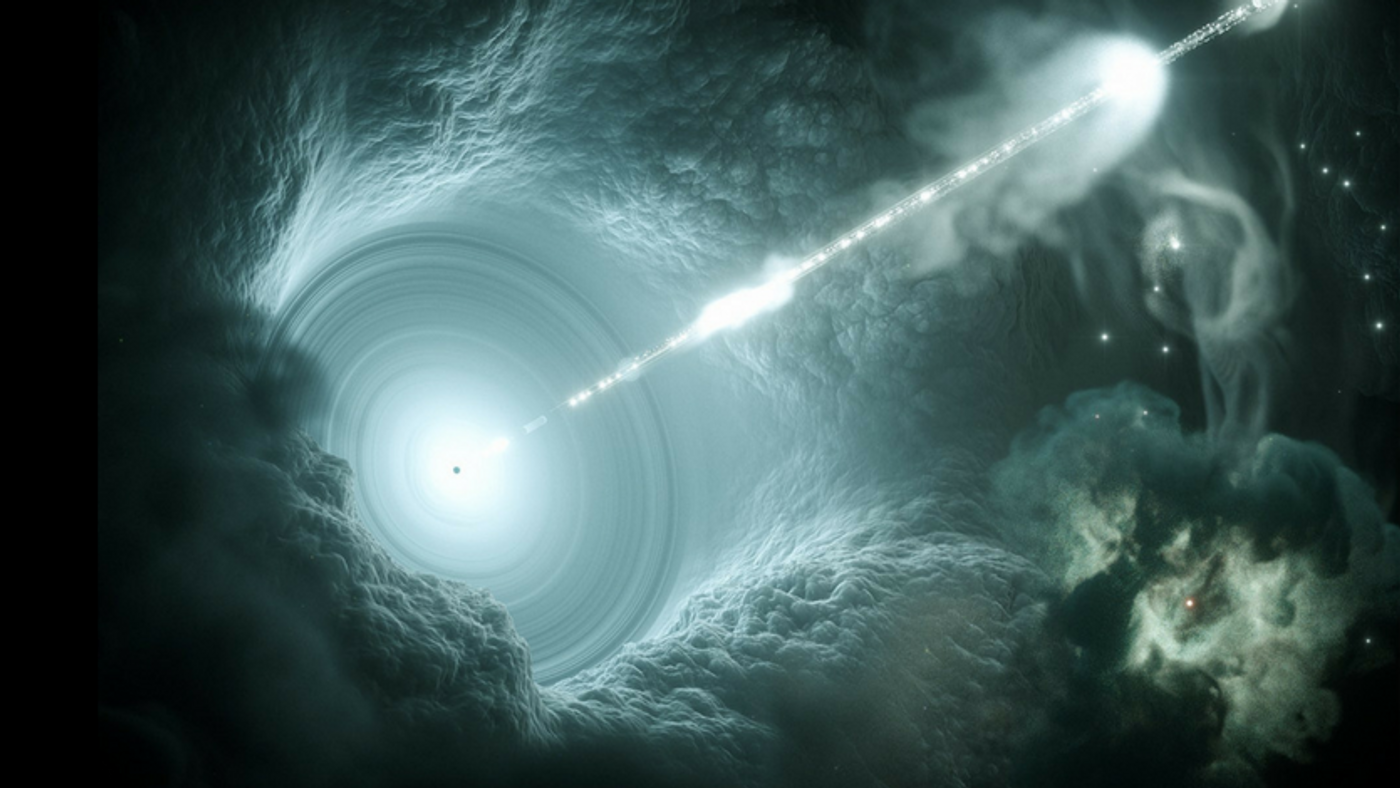Detection of a High-energy Neutrino Signal Marked a New Era in Space Observation
A high-energy neutrino has been traced back to its source for the first time in astronomical history, according to the latest announcement from the IceCube Neutrino Observatory, which was the first to catch the signal back in 2017.
Neutrinos, nicknamed "the little neutral" one, is quite elusive a particle: with no electrical charge and tiny mass, scientists can only use a secondary signal to trace them.
Located at the Amundsen–Scott Station in the South Pole, the IceCube Neutrino Observatory (or IceCube) hosts one of the biggest neutrino detecting mechanisms in the world: its detector array is made of thousands of spherical optical sensors attached to strings that go almost 2.5 kilometers deep under the station's icy surface. The observatory is designed to look for point sources of high-energy neutrinos blasted from explosive astrophysical events such as supernova, gamma-ray bursts, and collisions of black holes.
An event like an exploding star would send both cosmic rays and neutrinos flying and some of them would reach the Earth together. Scientists started detecting cosmic rays for over a century, but they had a hard time determining their origin in space. These rays are made of highly energetic charged particles and can get easily pulled away from their trajectory by various astrophysical objects before they land on Earth. With neutrino as a companion particle, which does not get interrupted by almost all normal matters, the source of cosmic rays could be pinpointed in a coordinated observation.
That's where multi-messager astronomy comes into play. This relatively new trend in cosmology research is based on the coordinated observation and interpretation of different types of signals emitted from a single source. Last year, the successful co-observation of gravitational waves and photonic signals from the merger of two binary neutron stars had astronomers declared that the era of multi-messenger astronomy has officially begun.
Related reading: How Gravitational Waves and 'Multi-Messenger' Research Will Change Astronomy
In September 2017, IceCube detected a highly energetic neutrino signal of a deep space origin. Just a minute after the detection, the facility sent out a global notice that can be deemed as a party invitation: 20 telescopes on the ground and in space joined the observation party within the first 24 hours. They searched for cosmic ray signals across the electromagnetic spectrum toward the patch of space where the high energy neutrino came from. The combined effort traced the neutrino's origin to a blazar known as TXS 0506+056 that is about 4 billion light-years from Earth. (A blazar is an active galactic nucleus with a close to light speed jet of electromagnetic radiation.)
This IceCube-led investigation marks the first time a neutrino has been traced back to its origin, and it also strengthens the status of "multi-messager" technique in the new era of space observation and exploration.
The identification of the first source of high-energy neutrinos and cosmic rays (IceCube Neutrino Observatory)









